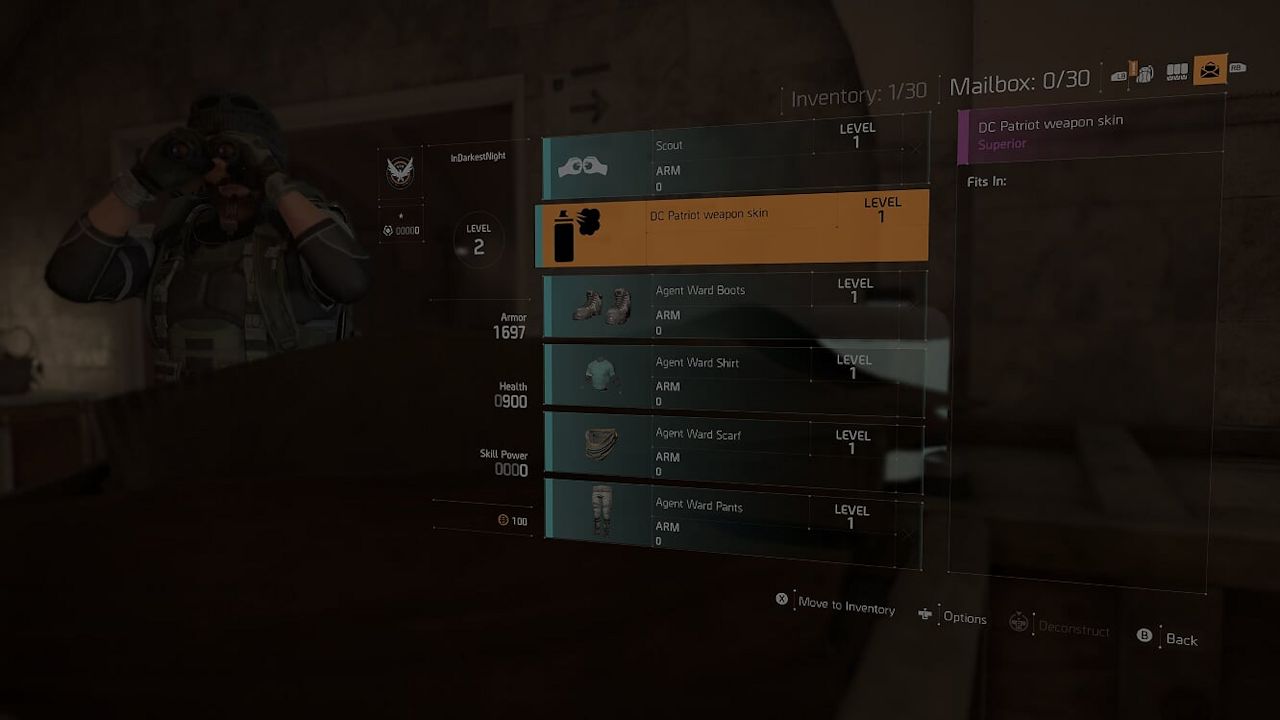

While dermal thickness varies, it is on average about 2 mm thick. It is a fibrous network of tissue that provides structure and resilience to the skin. The dermis is located between the hypodermis and the epidermis. As we age, the hypodermis begins to atrophy, contributing to the thinning of aging skin. The hypodermis is the thickest in the buttocks, palms of the hands, and soles of the feet. Fat cells of the hypodermis also store nutrients and energy. The hypodermis refers to the fat tissue below the dermis that insulates the body from cold temperatures and provides shock absorption. The hypodermis is the deepest section of the skin. Last is the epidermis, which functions as a protective shield for the body. Next is the dermis, which provides structure and support. First is the hypodermis, which is subcutaneous (just beneath the skin) fat that functions as insulation and padding for the body. There are three major components of the skin. In order to know how to supplement and protect the skin, it's important to know more about the skin's basic anatomy and composition. To maintain beautiful skin, and slow the rate at which it ages, the structures and functions of the skin must be supplemented and protected.

Beautiful, healthy skin is determined by the healthy structure and proper function of components within the skin.


 0 kommentar(er)
0 kommentar(er)
